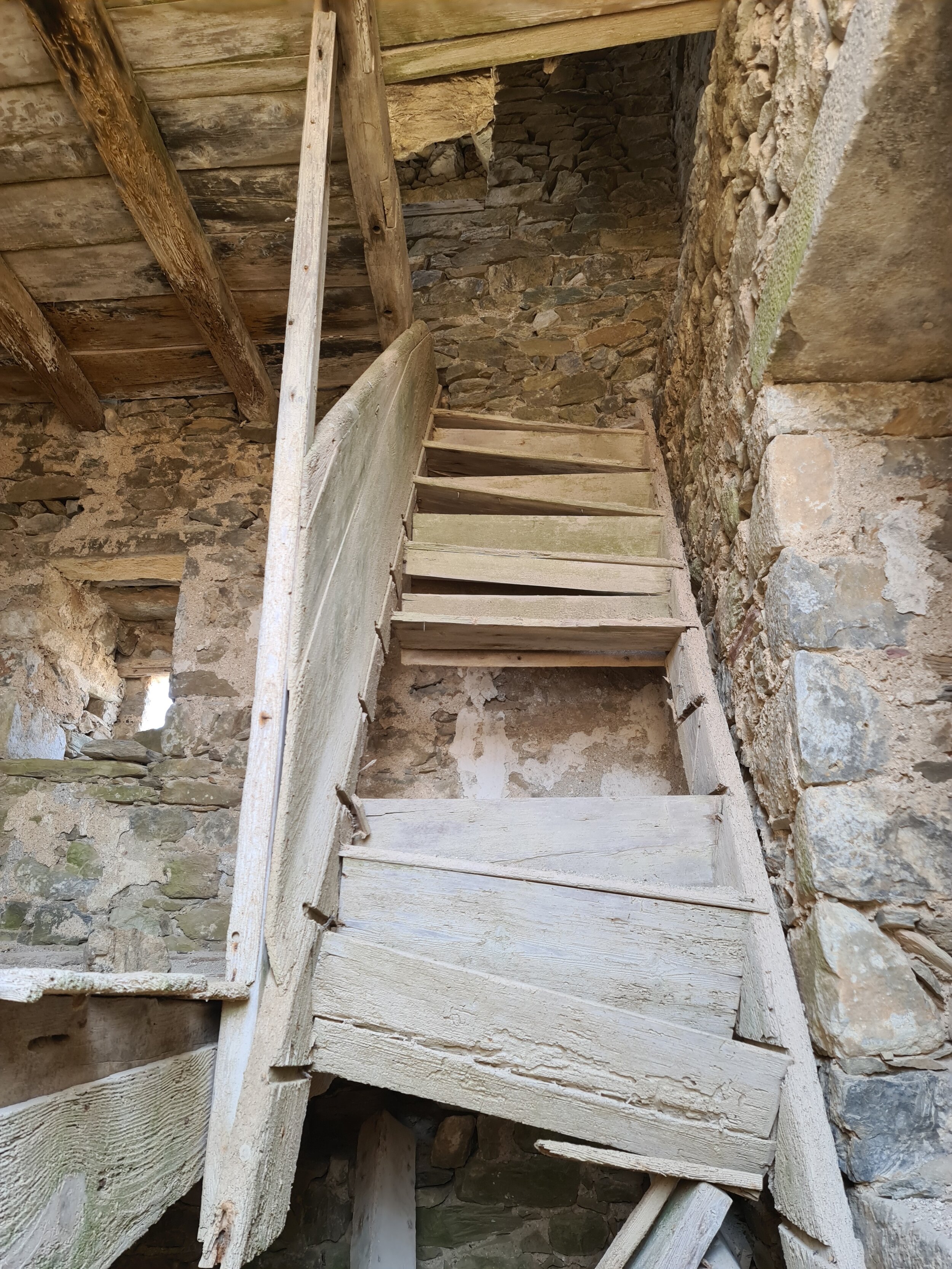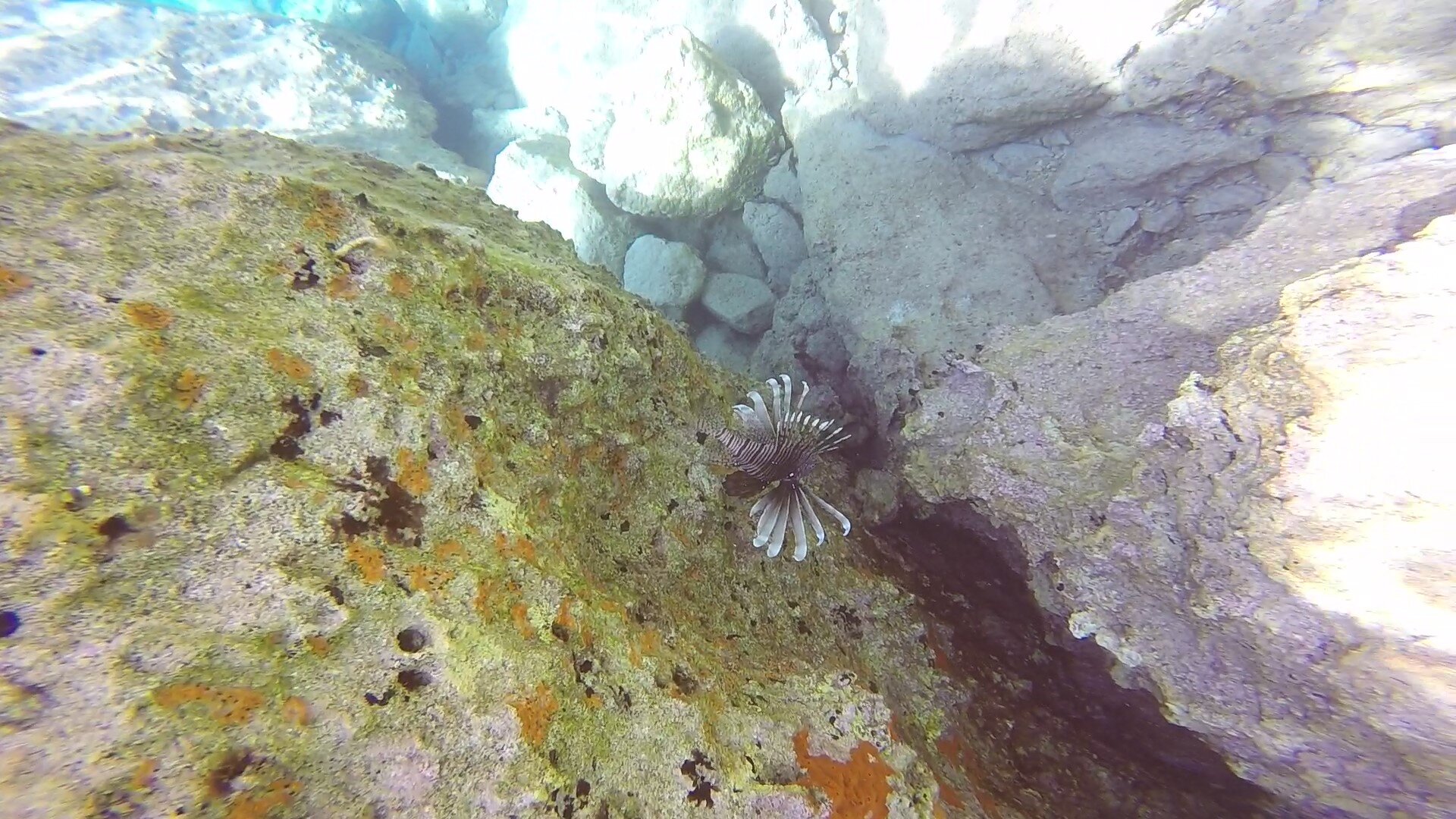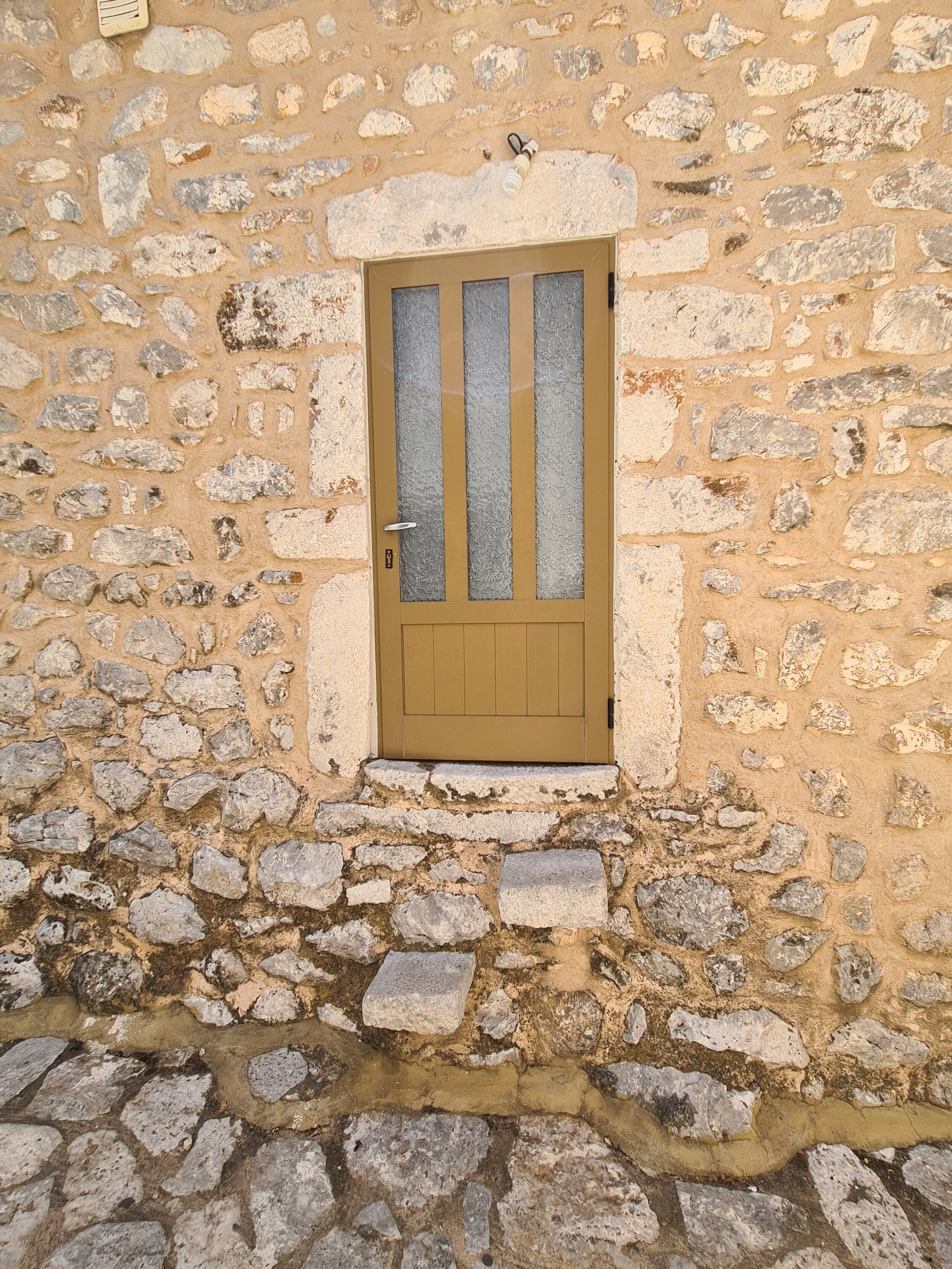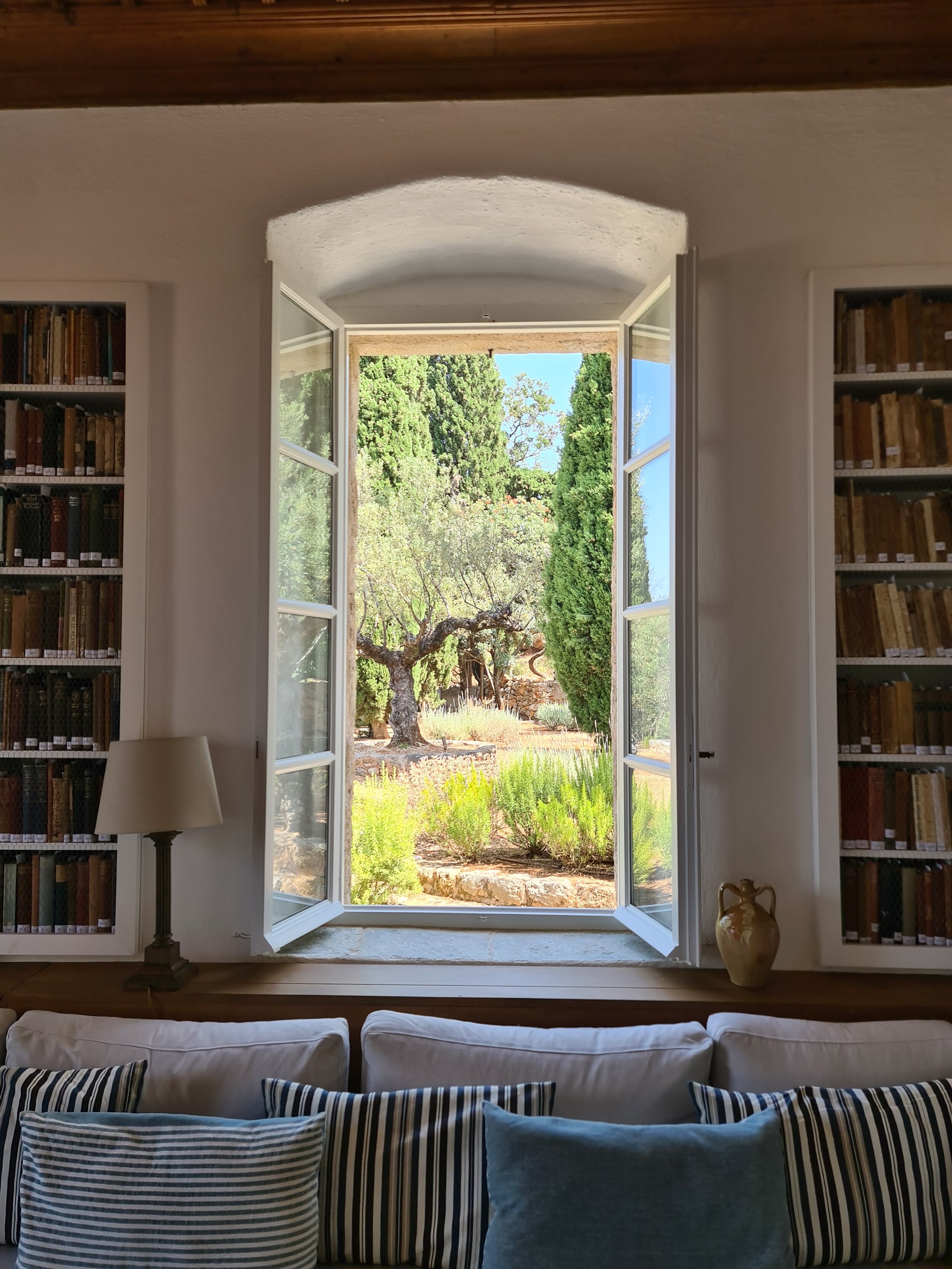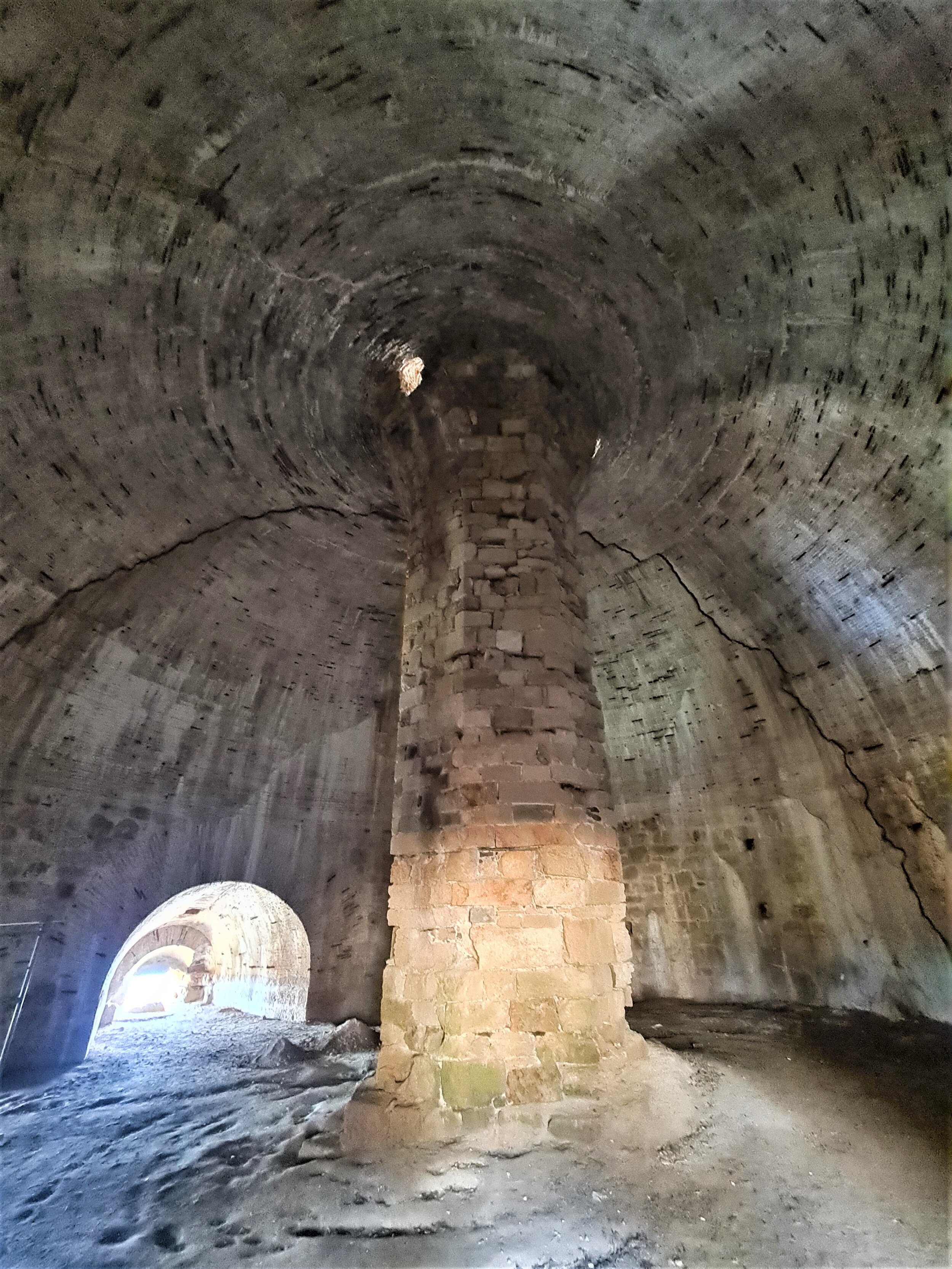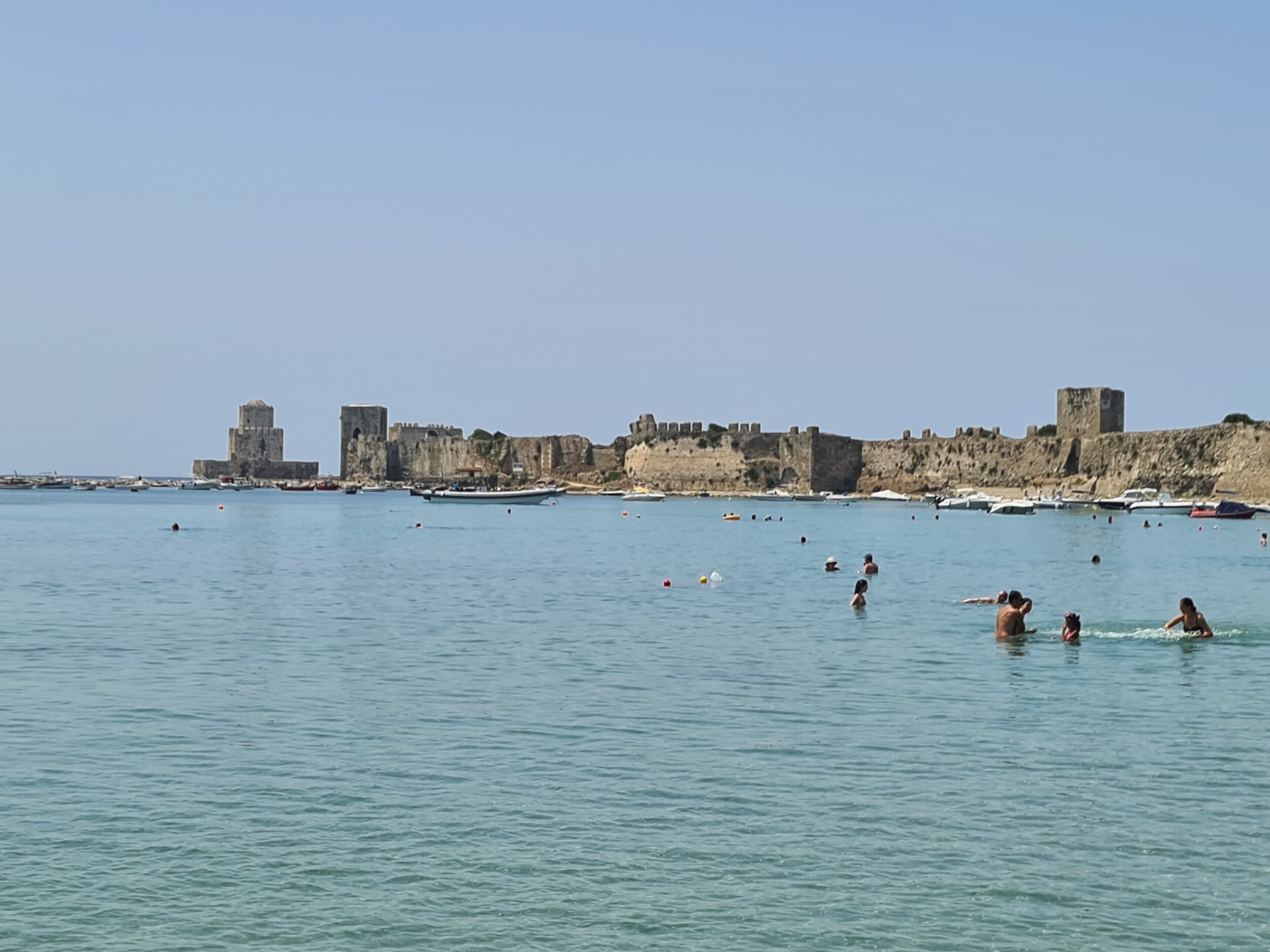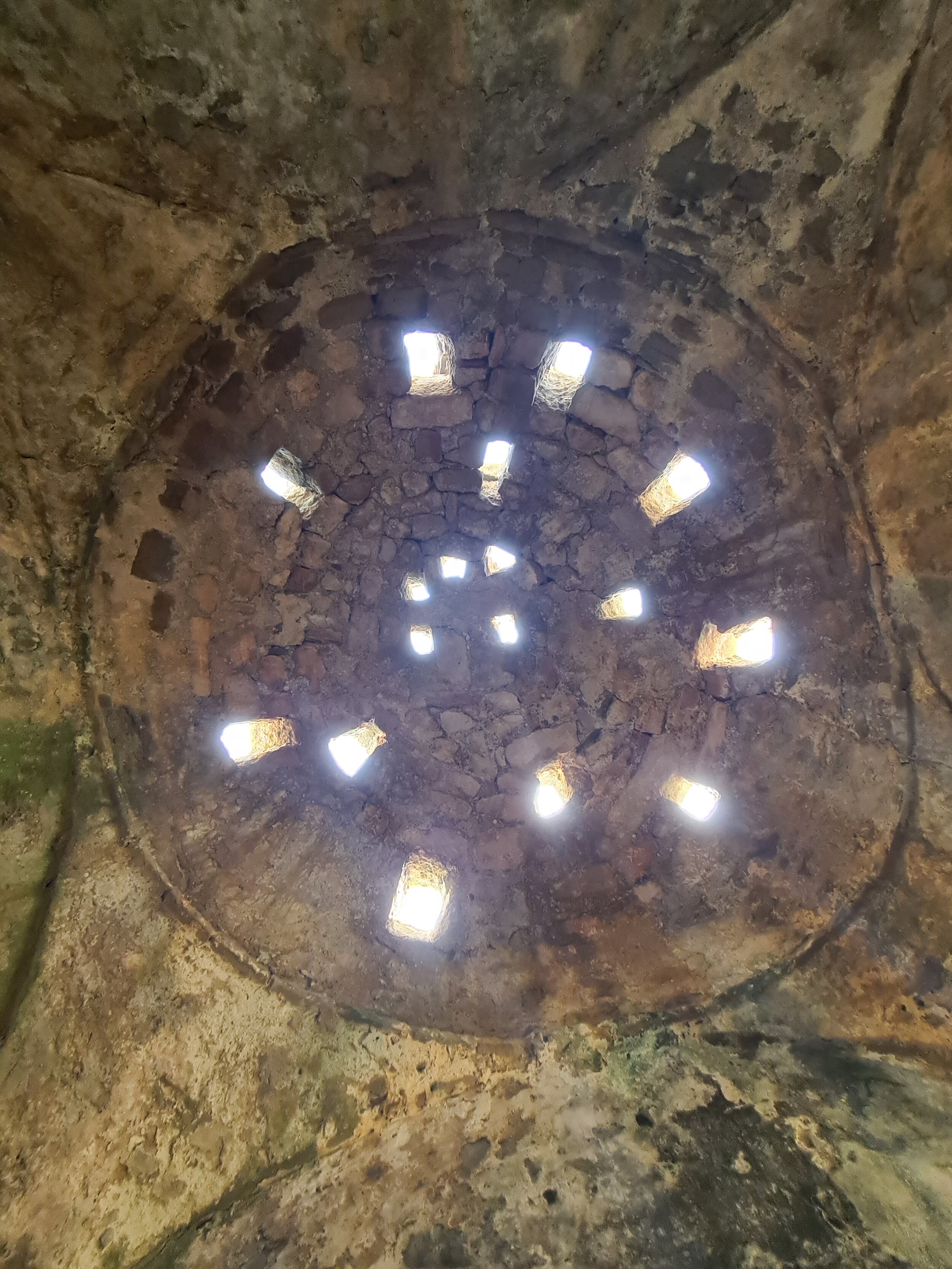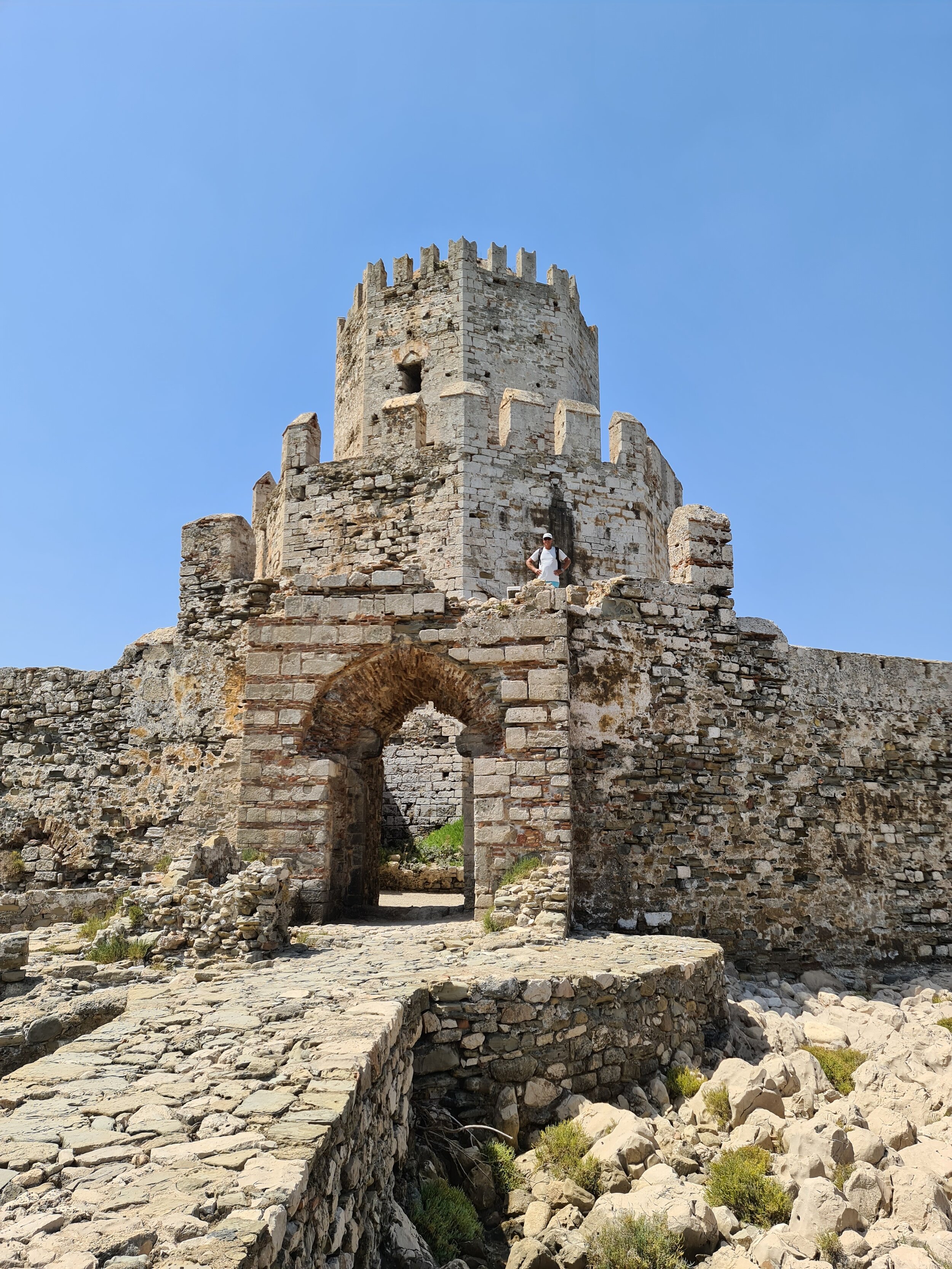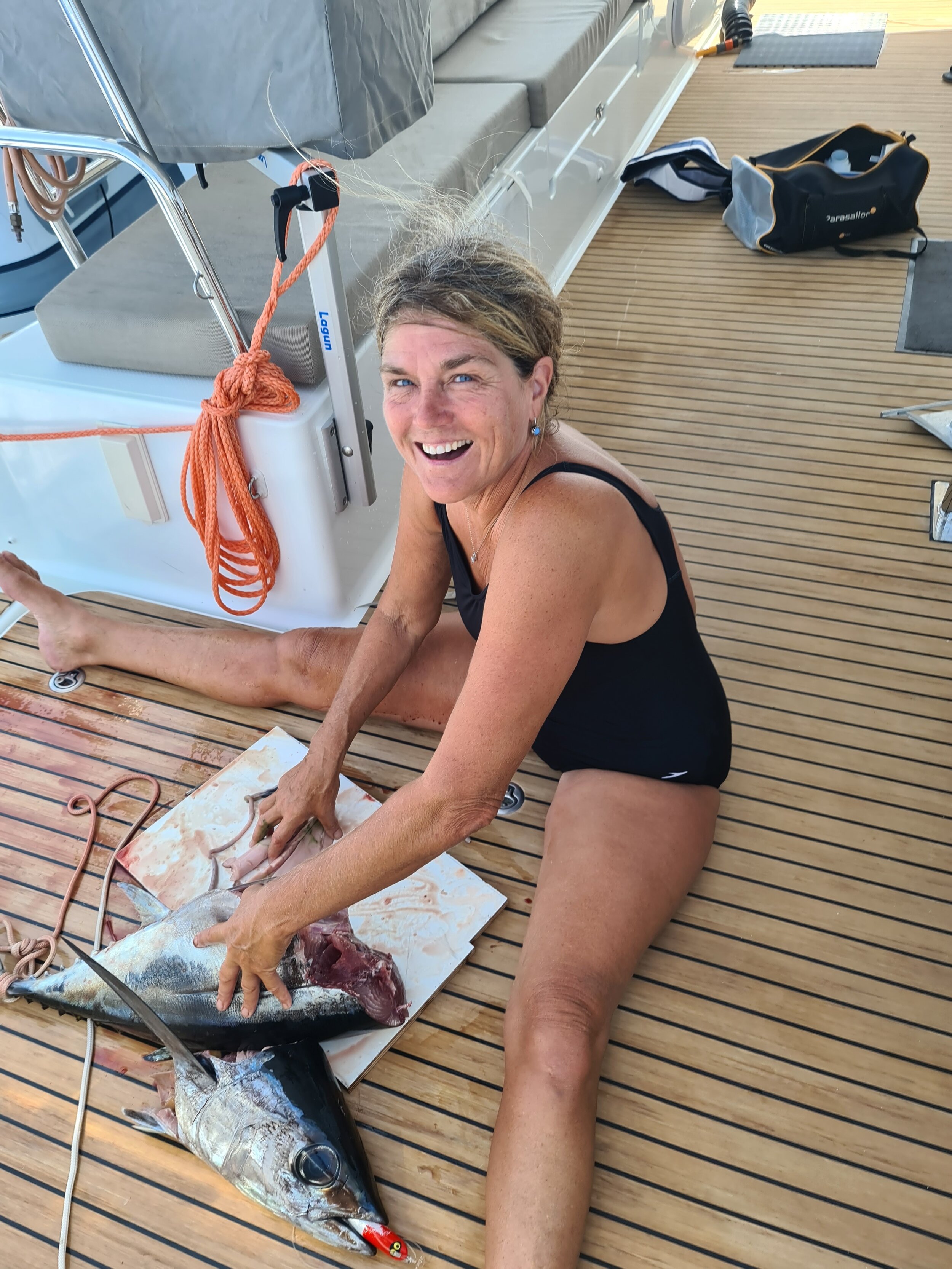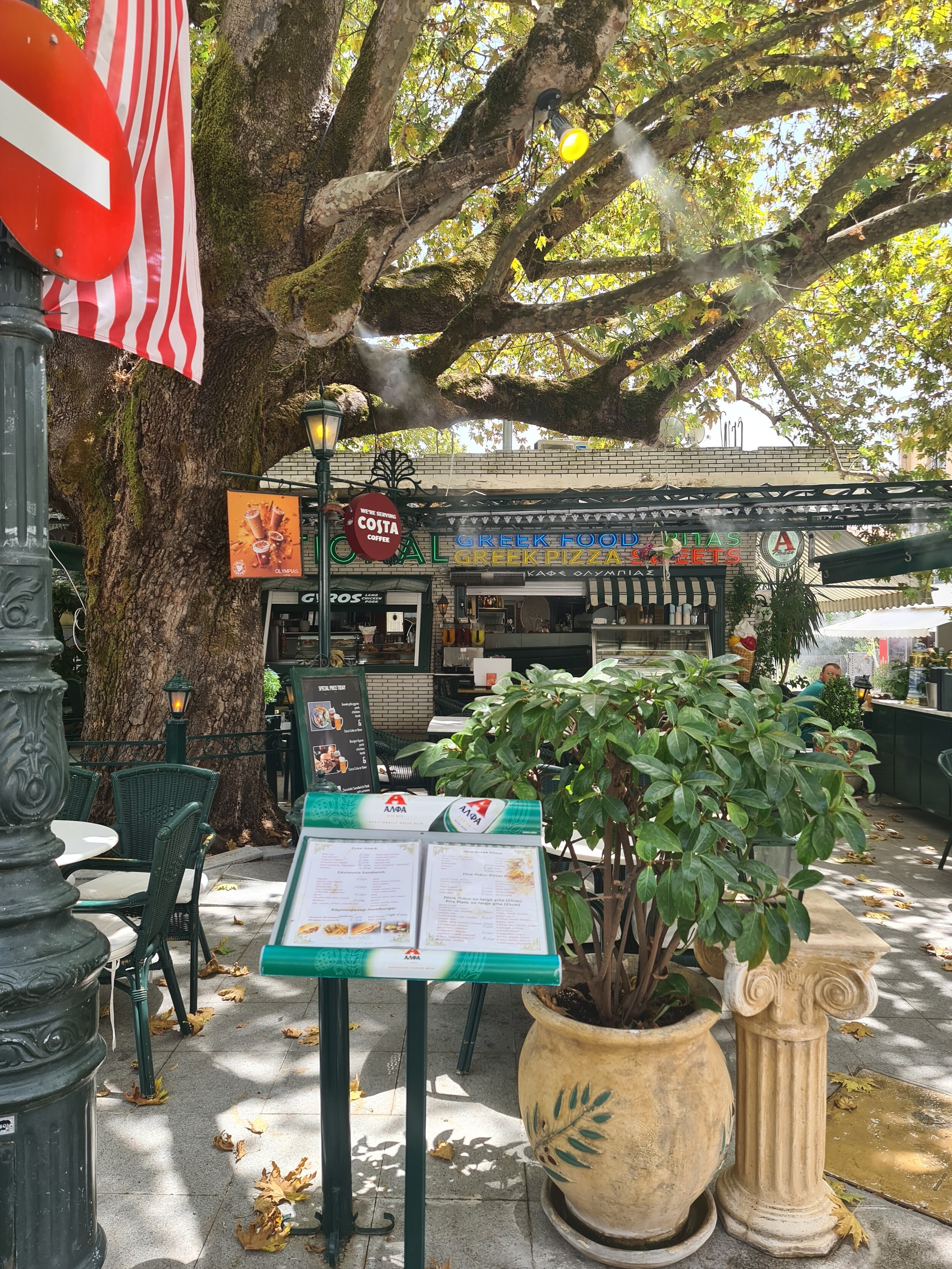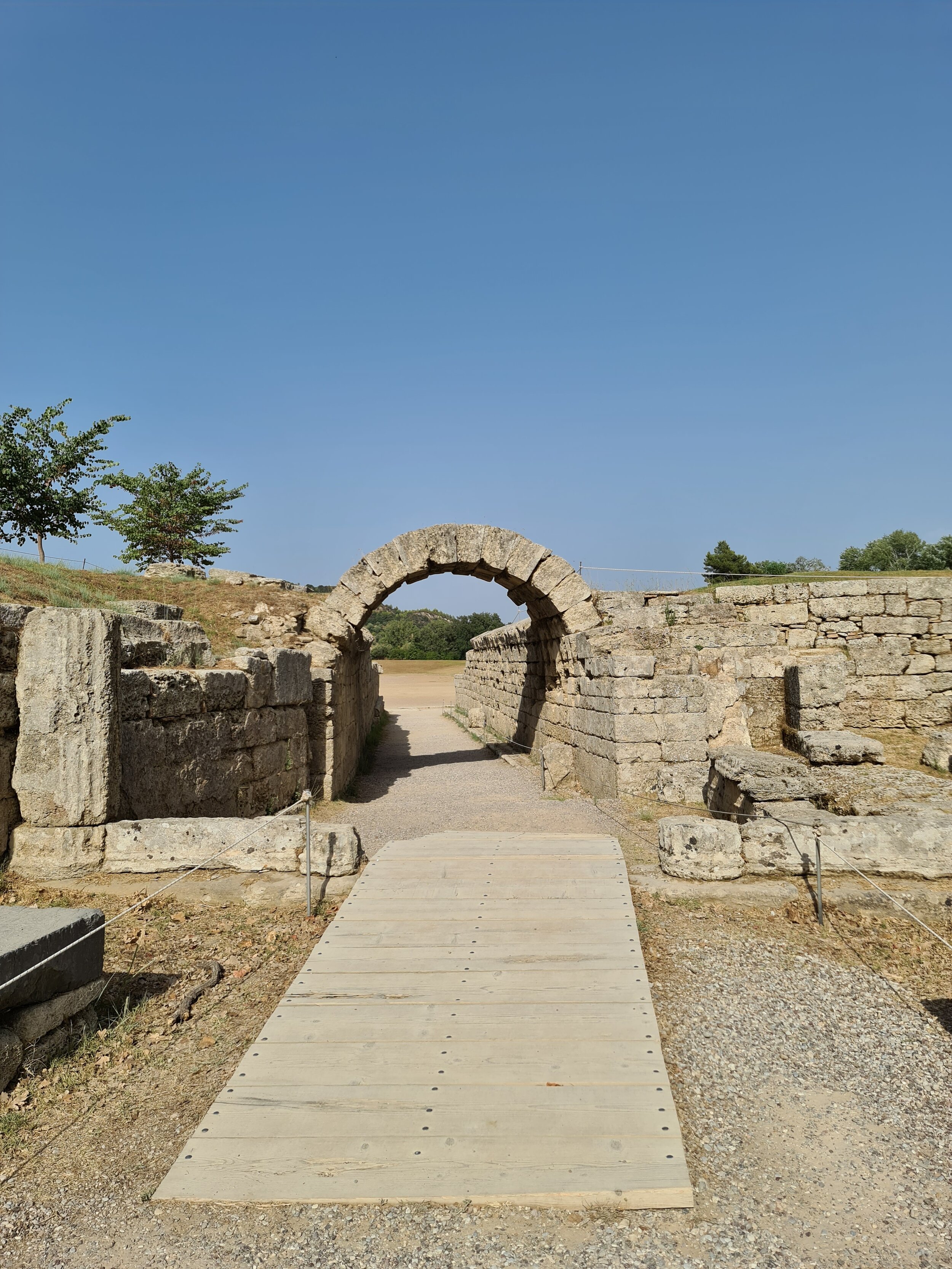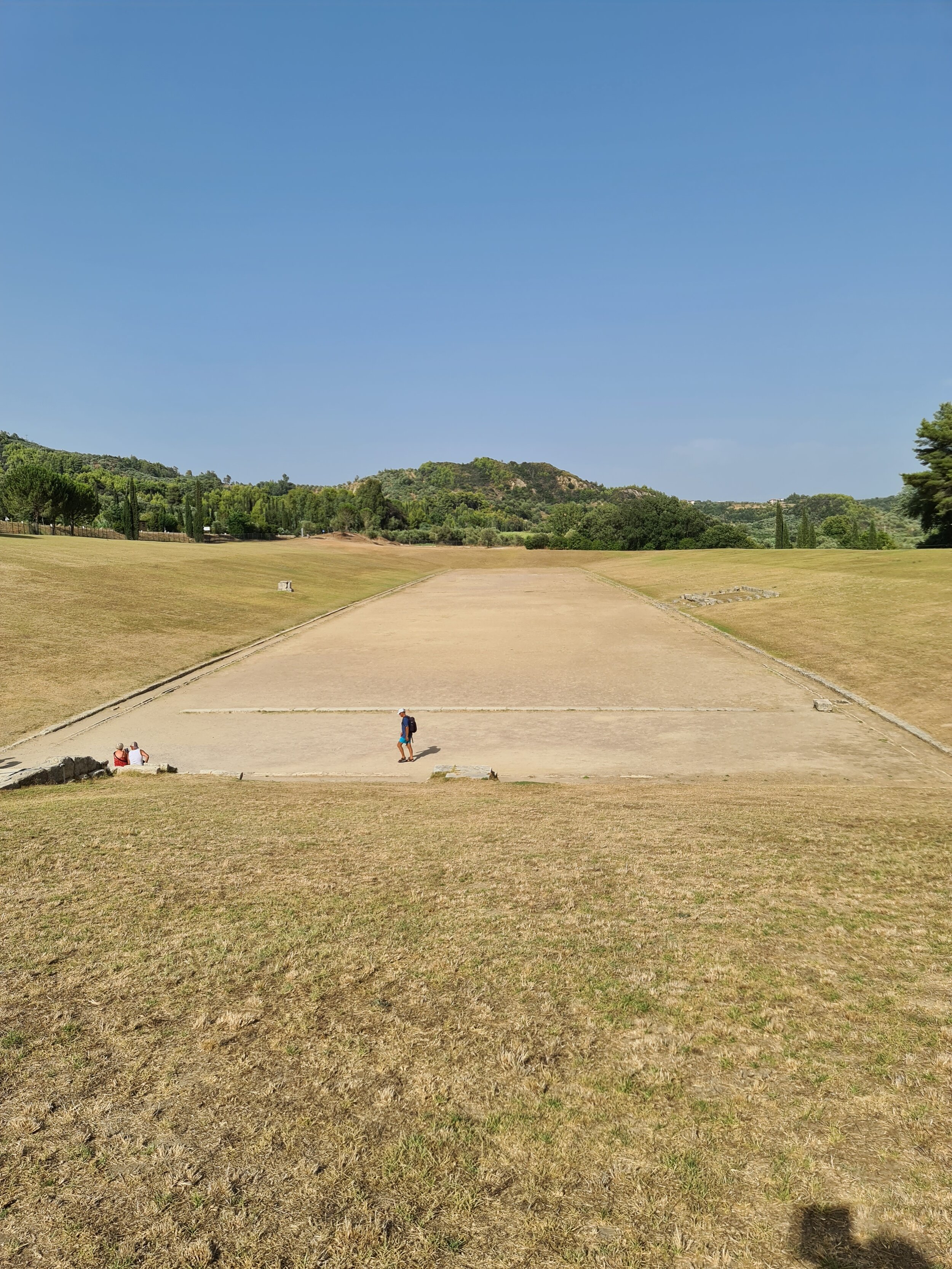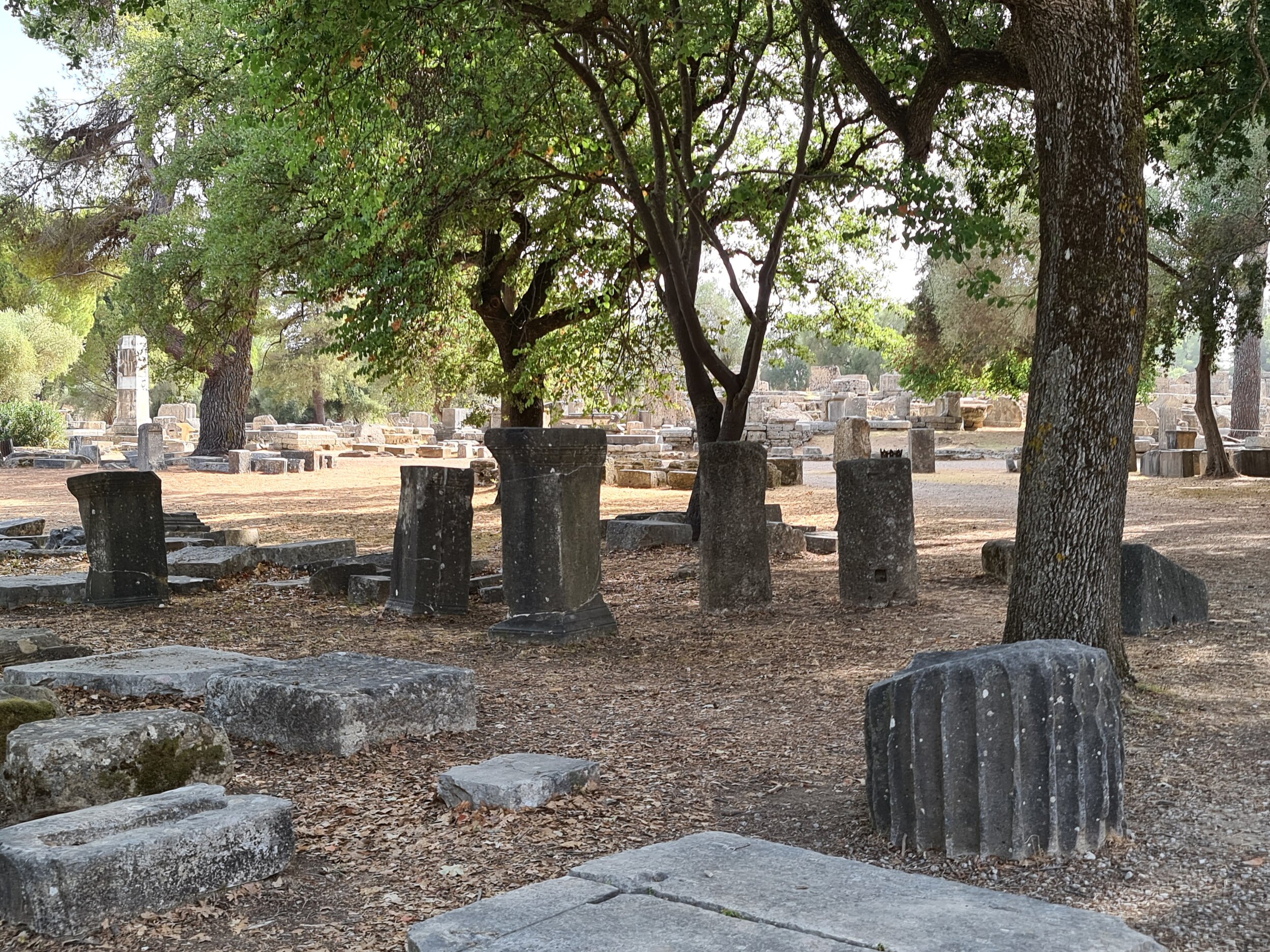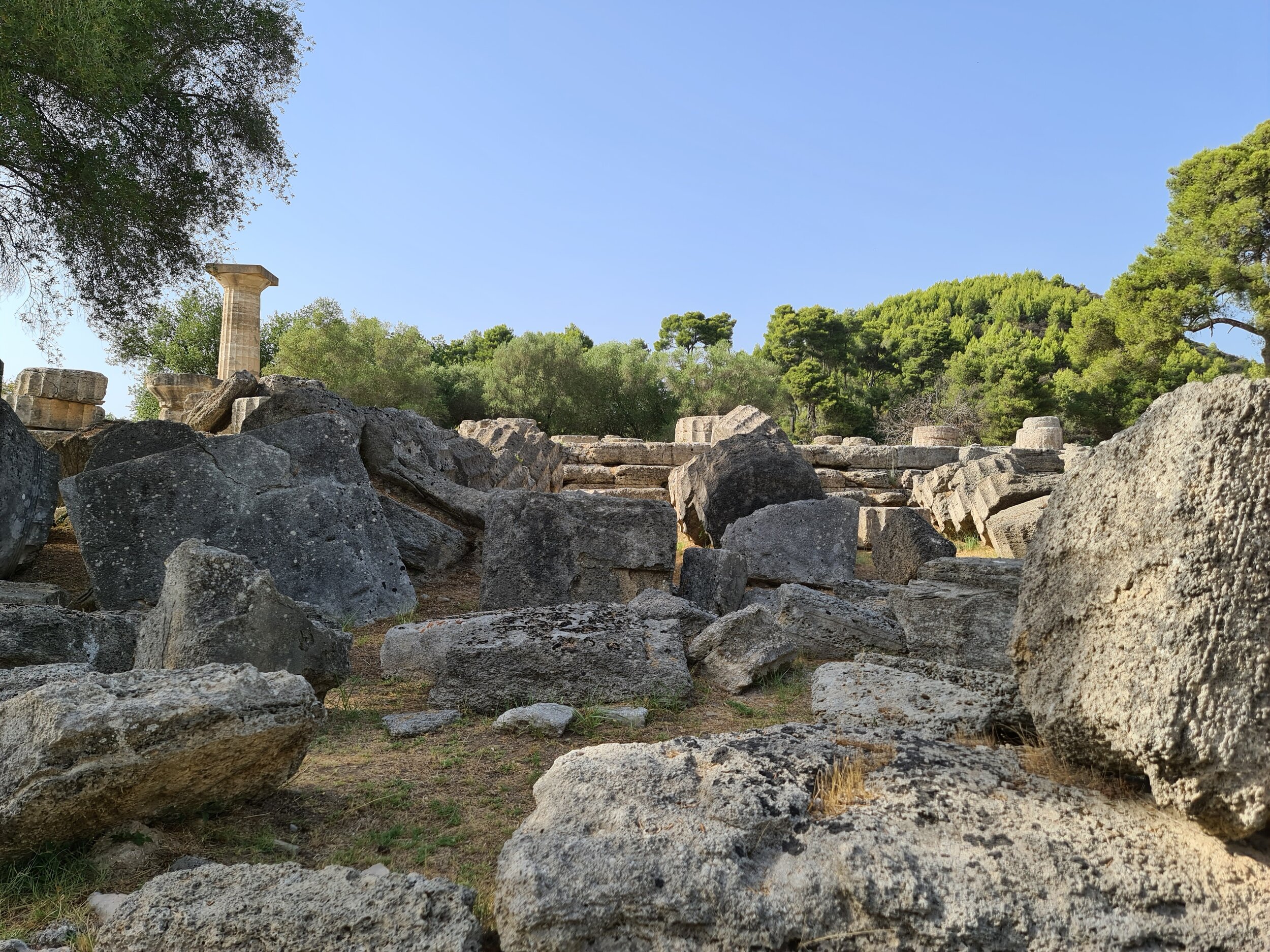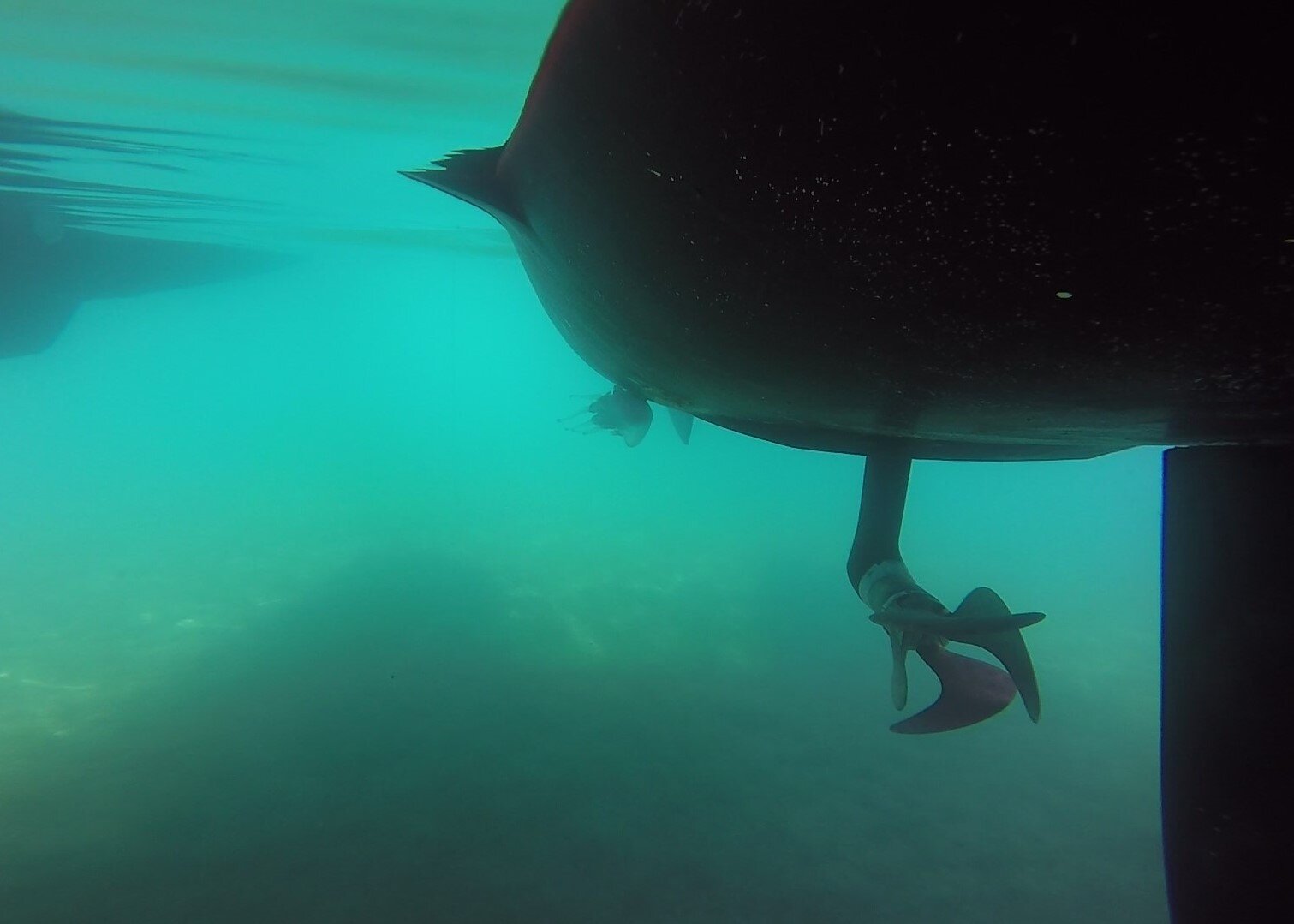Greece - Western Peloponnese
We left Milos as dawn was breaking and had nine hours of fantastic sailing averaging 8.4 knots across to the Peloponnese. Cape Malea lived up to its tempestuous reputation, katabatic winds picking up to 30+ knots, but we got our sails down in time and sought shelter in a 2020 anchorage just south of Paleokastro - making sure we anchored well clear of a known anchor grabbing rock ledge.
The next day it was too windy to go ashore, yoga on the beach would have to wait for another day, so we headed west across the Laconic Gulf, hooking a 9kg tuna on the way, unbelievable, same stretch of water as in 2020! A couple of YouTube videos later, freezer full we arrived in the Mani - ah the Mani - austere and mysterious with its hilltop stone towers.
Porto Kagio is a sheltered bay and quite tricky anchorage with rock slabs masquerading as sand (particularly at the head of the bay) but we finally managed to get a hold in the SW quarter and had a lovely couple of days. Spying a commanding tower on a ridge at the head of bay I was determined to get up there, so we did, one hour main road heat and prickly goat tracks later we arrived at the deserted village Harakes; built in the 1800/1900s as a pirate defense, it is well positioned on a ridge overlooking both western and eastern seas. It wasn’t until cocktails at Spilias when I started chatting to the owner Ilias, and his cousin Ilias, that I discovered Harakes was their family village, abandoned when their father was a baby, with families either moving down to the sea or overseas.
Dinner at Taverna Porto, waves lapping, the freshly caught red porgy (Pagrus pagrus) was delicious and as a special treat the owner, Antonis, took us to see his paintings - his capture of movement is beautiful. A final swim before leaving the next morning, I wondered whether the lionfish (Pterois miles) would still be there a year later, surely not – but yes and now there are three, obviously breeding, not good, so I contacted https://archipelago.gr/ - they were very appreciative.
Around Cape Matapan and up the coast, barren mountains and green foothills, to Limeni, a very pretty sandy bay ringed with old and new Mani houses constructed from field stones, local stonemasons chipping away under umbrellas in the noonday sun, lots of swimmers and bathing along the rock shore and impossible to find a tender tie-up place, finally managing a slipway pullup.
Four kilometres uphill lies Areopoli “city of Ares” renamed in 1912 in recognition of the Greek War of Independence which was started here in 1821. Areopoli is a small Mani town with stone houses, cobbled streets and colourful cafes - beer at Bukka was the best after our one hour uphill slog in the midday sun - mad dogs and us.
I was intrigued to see “Warning! Sea Turtles” signs along the seafront, but then it all came clear when one swam up to our stern as we were leaving - a popular place for swimming people and turtles. Water 27.6 degrees, air temp 32 @ 1800.
Northwards to green and russet Kalamitsi; a cypress lined bay backed by the grey Taygetus mountain range with the occasional terracotta roofed house. Exquisite but tricky to anchor with large rocks extending out 100m from shore, perseverance and skill found us a good patch of sand in the middle of the bay 200m out in 10m and opposite Patrick Leigh Fermor's house! - so I swam to shore and crept up stone steps to the garden and another world – warm golden peace, cypress, oleander, rosemary, cicadas, a piece of Italy in Greece - oh to live there!
The house was bequeathed in 1996 to the Benaki Museum to host intellectuals and scholars who wanted to work or study in an inspiring setting; it is also possible to rent for €2,500 - €4,000 per night depending on which time of the year. On the seaward side of the bay lies Keropi island, a swim and clamber up to an old stone church Agios Nikolaos 1779, so beautiful in its simplicity, dried floral wreath above the door. Dinner at Elies taverna in Kampos with the Mon; a warm night under olive trees. Water 28.5 degrees, air temp 35 @ 1815.
At the head of the Messinian Gulf lies Kalamata, we were thinking of provisioning, purchasing some fat juicy olives…but it proved to be too difficult, there is nowhere to anchor, you can only tie up at the marina, and the Mon reported back that in the midday sun, the waterfront had an abandoned air.
Down towards Cape Akritas and the “eyes of the Republic: Koroni and Methoni Venetian citadels protecting the trade route to the Levantine, and both worth a visit.
Koroni citadel is on a high headland; a plateaued fortified town with a monastery, many churches, bastions, olive groves, citrus orchards, vineyards and everyday people living in everyday homes. The moated fortified town of Methoni was a two hour wander along the cape, through the remains of Venetian and Ottoman buildings down to the octagonal prison tower on Boutzi islet, collecting wild capers and herbs in the blistering midday sun. Water 27.7 degrees, air temp 34. Highlight was dinner with the Mon at Aléktōr in Methoni, a ten minute walk from the harbour, nighttime dining in the middle of the main street, local fresh organic produce, superbly cooked €70 4 pp.
Pylos had also been on the two year wanting list; it lies nestled on SE side of the caldera-like Navarino Bay, but with the wind dictating us to anchor up at the N head of the bay, we settled for an easy 15 minute walk to Órmos Voidhokoilia and evening entertainment with the Mon - stars, bugs and swooping bats. The plan is to come back in a month or so and walk up to the kastro, drop down to Nestor’s cave, visit Pylos and Nestor’s palace.
Note: Navarino Bay was the scene of the Battle of Navarino 1827, the last major naval battle to be fought by sailing ships, the outcome ensuring Greek independence, ending four centuries of Ottoman rule. Most of the battle was fought at anchor and the Allies’ (England, France, Russia) 22 ships demolished the Ottoman and Egyptian 78 ship fleet in four hours through superior firepower and gunnery.
Last stop Katakolo, heading up the Peloponnese west coast, the wind dropped around Marathoupolis from 25 to 10 knots apparent just in time to catch another tuna - 9.5 kg! Freezer bursting at the seams! Katakolo is where the cruise ships go to bus their passengers to Olympia, and even in these COVID times, yes they do, every day. Our harbour anchorage was muddy with dozens of beautiful blue Rhizostoma pulmo jellyfish, so I skipped the anchor check and we rented a car with the Mon from Christos @ Dias (port end) for €35. It is a 45 minute drive to Olympia, with a handy gas station 5 minutes out of town and a large AB supermarket 15 mins near Pyrgos turnoff. Olympia was worth a visit and doubly special with the postponed 2020 Olympic Games currently underway in Tokyo. It is nestled in a leafy green valley at the confluence of the Kladeus and Alpheus rivers, acres of stone columns, foundations and steps, peaceful and shady in the heatwave. The air temp was 40+ so the site was closed when we got there at 1300 and wouldn’t open until 1700 so we spent four hours trying to stay cool, walking slowly and hiding in air conditioned shops and museums. Note: The ancient games were held from the 8th century BC to the 4th Century AD every four years (an olympiad) at the full first moon after the summer solstice.
On our last morning in Katakolo, whilst topping up our power, the genset stopped – we had sucked up a jellyfish into the intake, so I did have to get into water after all, with a big stick AND we secured a space in MIQ after 50+ hours! So no Christmas in Scotland or New York..….ETA New Zealand Oct 21st…



